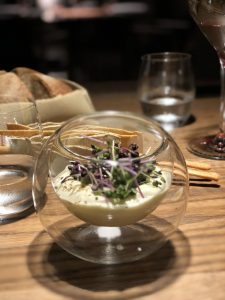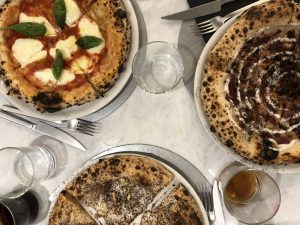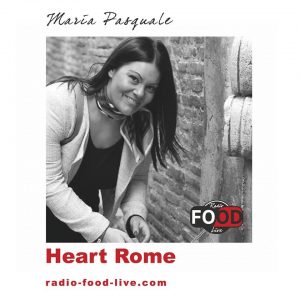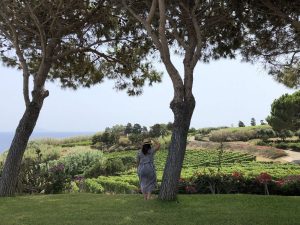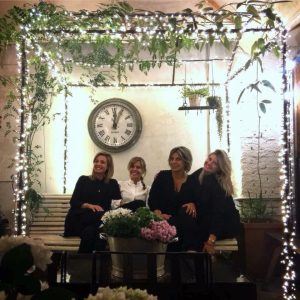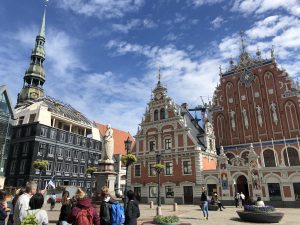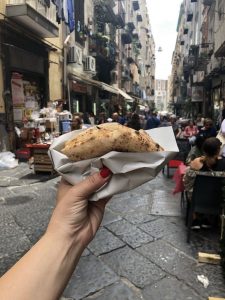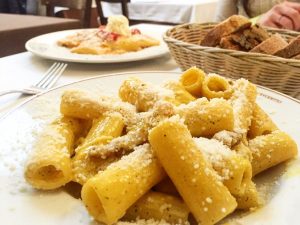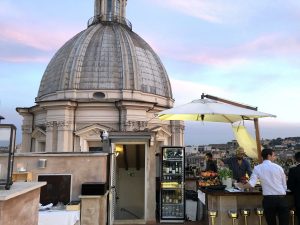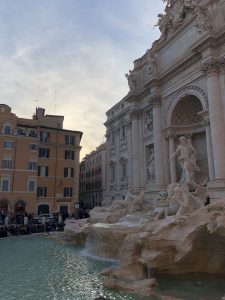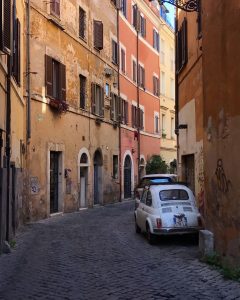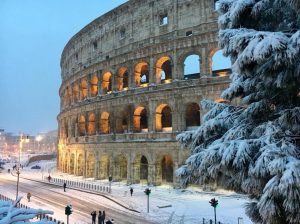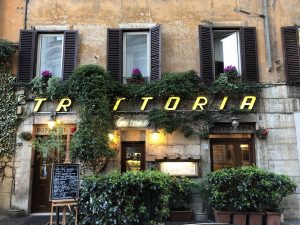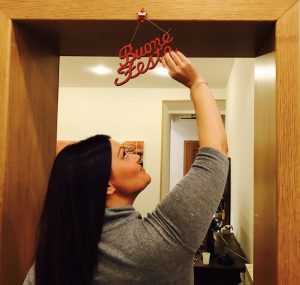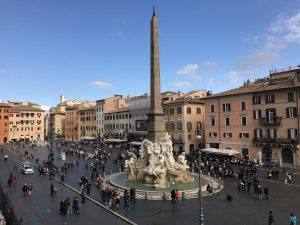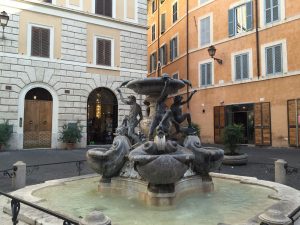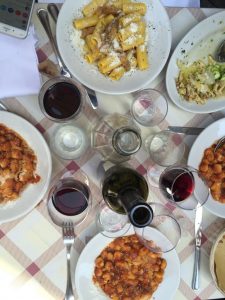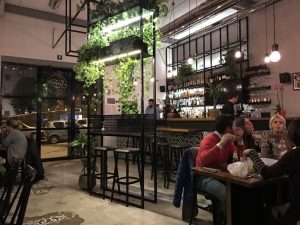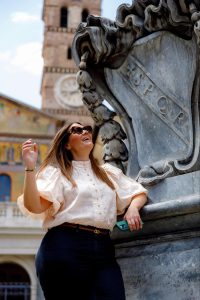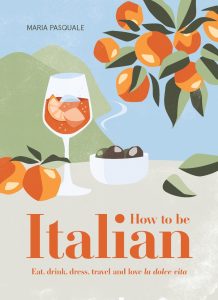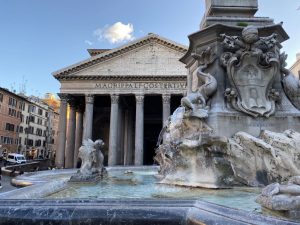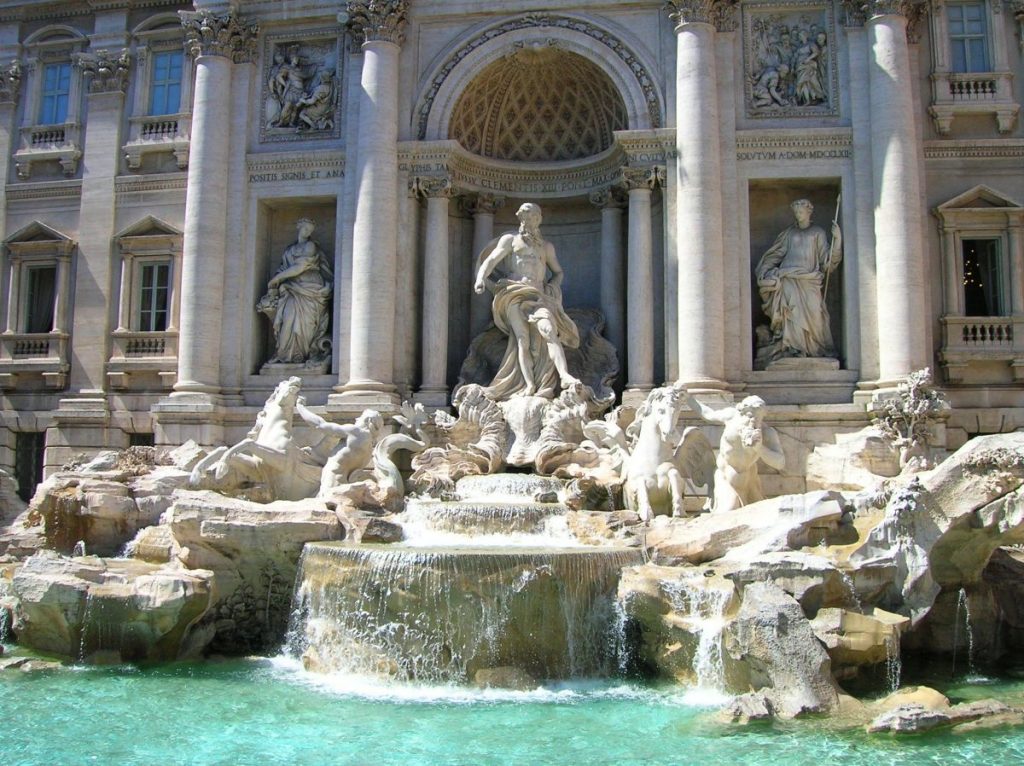While the centre of Rome isn’t as expansive as say a city like Paris or London, there are quite a few different areas and districts to choose from when planning your visit.
In Rome, we call these districts or neighbourhoods, quartieri and there are 20 of them.
To make it easy for you, I’ve outlined a select few areas of the city with a description to help you decide what just might be your perfect Roman Holiday corner of the city.
Trevi & Barberini
As one would imagine, the area around Piazza Barberini and the Trevi Fountain is highly touristic. But if you want to stay in the heart of crowds, this just might be for you. The centre of town is always a great option for accessing the major monuments and attractions. The Trevi reopened this year after major works and is prettier and cleaner than ever. The Via Veneto just off Piazza Barberini has quite a unique attraction in the Cappuchin Church – spookily adorned with skulls and bones of monks and friars and is a must see!
Hot tip:
The Cappuchin church should be on your list as a real unique thing to do while you’re in town. For food and wine, this part of town can be difficult but not impossible. Check out Bottega Italia or Baccano – with their open-all-day format dining.  Spanish Steps and Piazza del Popolo
Spanish Steps and Piazza del Popolo
The area located between the Spanish Steps and Piazza del Popolo has some of my favourite streets in Rome – Via del Babuino, Via Borgognona and Via Frattina are prettily lined with cafes and designer boutiques and you might even catch some hanging ivy. The city’s major shopping streets of Via dei Condotti (for haute couture and major fashion houses) and Via del Corso (for high street brands) are located in this part of town.
Hot tip:
Head up to the Pincio terrace lookout for gorgeous views of Piazza del Popolo and the city. Also check out the newly restored Spanish Steps – a major works project funded by Italian fashion house, Bulgari. 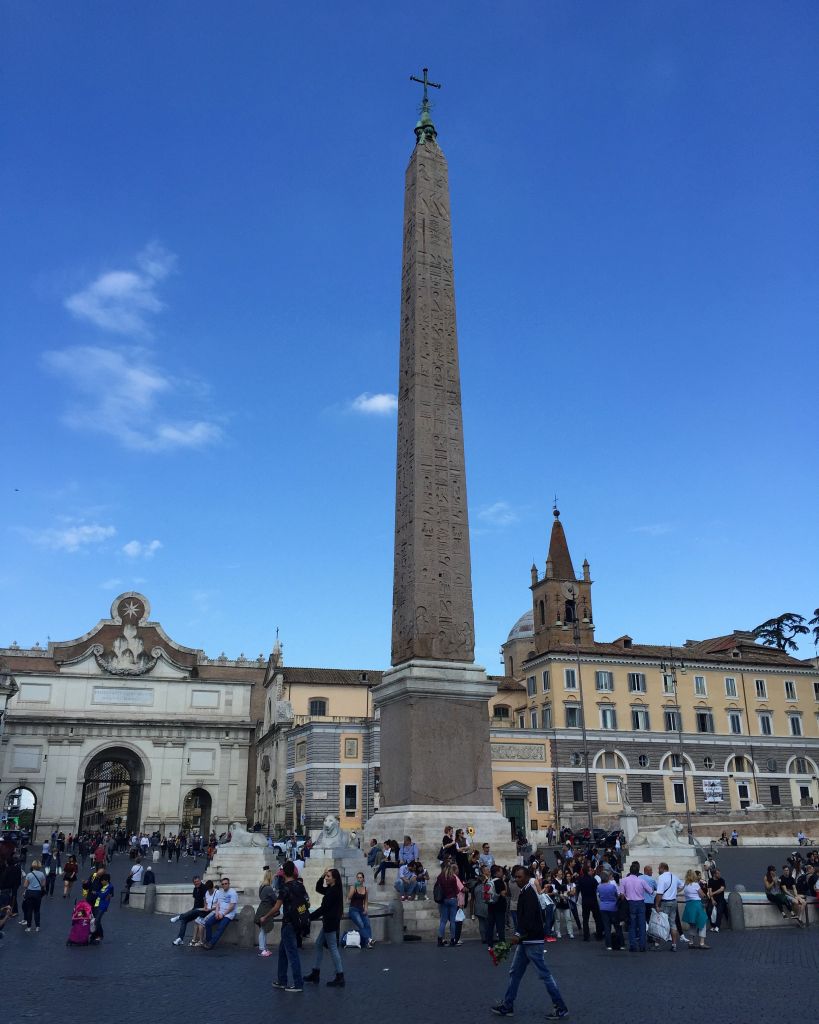 Piazza Navona & Pantheon
Piazza Navona & Pantheon
Some of Rome’s prettiest streets and alleys are located around the Pantheon or off Piazza Navona. One of Rome’s most popular squares, see Bernini’s fountain masterpieces here and then check out the most intact monument of Ancient Rome in the Pantheon. There are loads of hotels, bars and restaurants in this area.
Hot tip:
Go and have coffee at Sant’Eustacchio, one of Rome’s oldest and most famous bars. Just be warned, you will pay one price to have your coffee standing at the bar (the more local thing to do!) or sitting at a table out front. For Roman style lunch or dinner, Da Francesco is a great pick here and then mingle with the locals at Bar del Fico for an after dinner cocktails. 
Campo de Fiori
The oldest market in Rome might not be the most authentic but it sure still is a site to see. There aren’t many food stands left among the tourist sellers trying to convince you that their truffle oil is real deal but it’s open daily and is a flurry of sights, sounds and colour. Hot tip:
Hot tip:
It’s hard to find good food and drink in this area but Dar Filletaro is a true Roman gem where literally the only thing on the menu is their specialty – battered and fried baccalà (salt cod). Emma is also a great option for pizza and pasta. And head to the Roscioli bakery – owned one of Rome’s prominent baker families – for fresh pizza bianca and other baked goods.
Monti
Rome’s bohemian and artsy districts is Monti. It’s a pretty and cool vibes hub of restaurants, cafes, wine bars and independent designer shops – from homewards to clothing. It sits at the foot of the Colosseum and in the shadow of the forum area. It’s a local hotspot in the evenings where young Romans and foreigners spill into Piazza della Madonna dei Monti with their drinks in hand.
Hot tip:
Check out Mercato Monti every weekend. It’s an indoor vintage market space featuring local artisans showing off their way. For a quick lunch on the run, grab a round rose shaped panino with a range of gourmet fillings at Rosetta and Brocoletti or Urbana47 are great options for lunch or dinner.  Prati
Prati
This part of Rome is probably the most European looking with tree lined boulevards and elegant buildings. It’s home to the Vatican and a host of shopping and cultural options. Prati has a large concentration of legal and business studios and therefore the after work scene is buzzing with a number of good quality wine and aperitivo bars.
Hot tip:
Be sure to pre book your Vatican or Vatican Museum tickets or tours online and in advance to avoid major lines. For aperitivo head to hotspots like Il Sorpasso (also great for lunch or dinner) or La Zanzara. 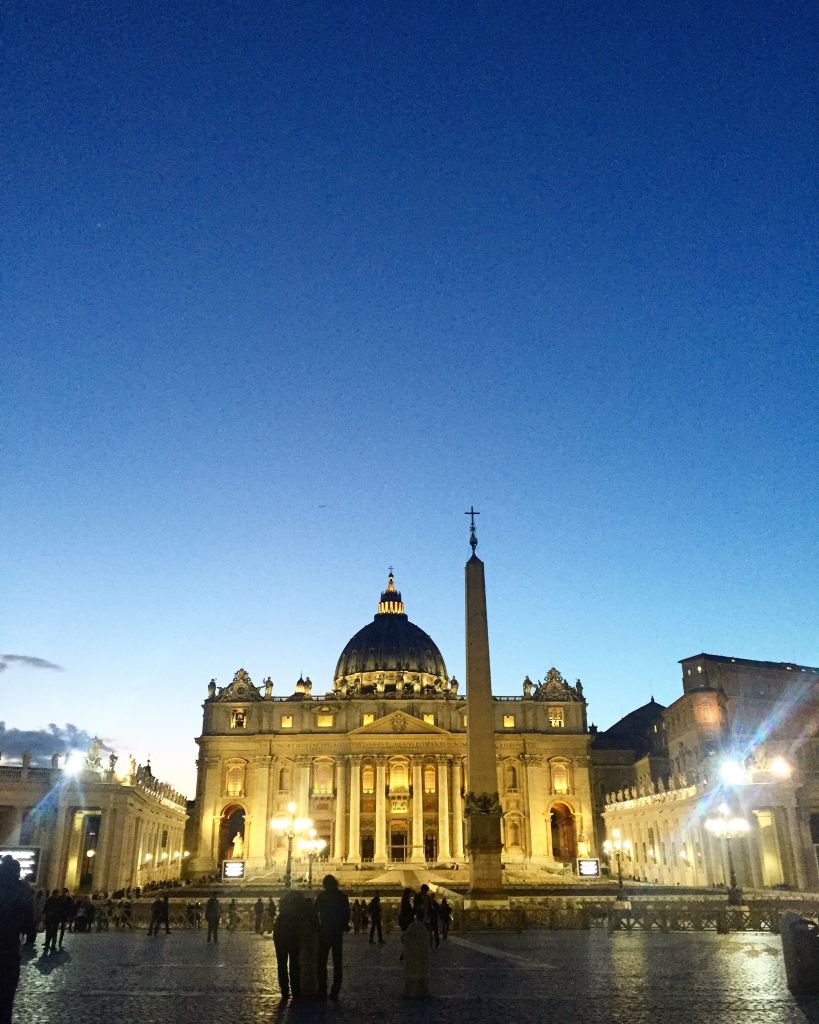
 Trastevere
Trastevere
Often compared to Paris’ Left Bank or New York’s Greenwich Village, this is one of Rome’s most characteristic neighbourhoods. All cobblestone streets, winding alleys and Fiat500 parked against ochre toned walls, Trastevere is like the old town of Rome. During the day, get lost in the gorgeous movie-set like streets and at night mix with locals and foreigners at bars and restaurants.
Hot tip:
Visit the basilicas of Santa Maria in Trastevere and Santa Cecilia for fine examples of mosaic work and frescoes. For Roman style pizza head to Ai Marmi and for a hole-in-the-wall trattoria type experience, Da Enzo al 29 is your place. Esquilino
Esquilino
East of Monti and the Colosseum, the area around Rome’s central station, Termini, is Esquilino with its porticoes and the large green square of Piazza Vittorio. The market here is like a middle eastern bazaar with spices and ethnic herbs and a little more. Over the years, many migrant groups have settled here and even opened businesses from the Chinese to the newly emerging African communities. And this influence is felt right through the dining options in this area from hawker style Chinese to Eritrean and Ethiopian.
Hot tip:
Be sure to take a walk through the Esquilino market for a truly authentic local experience. For Ethiopian and Eritrean cuisine head to africa . If you’re on the look out for sweet treats you’re in luck with one of Rome’s best pasticcerie (cake shops), Regoli right in this area.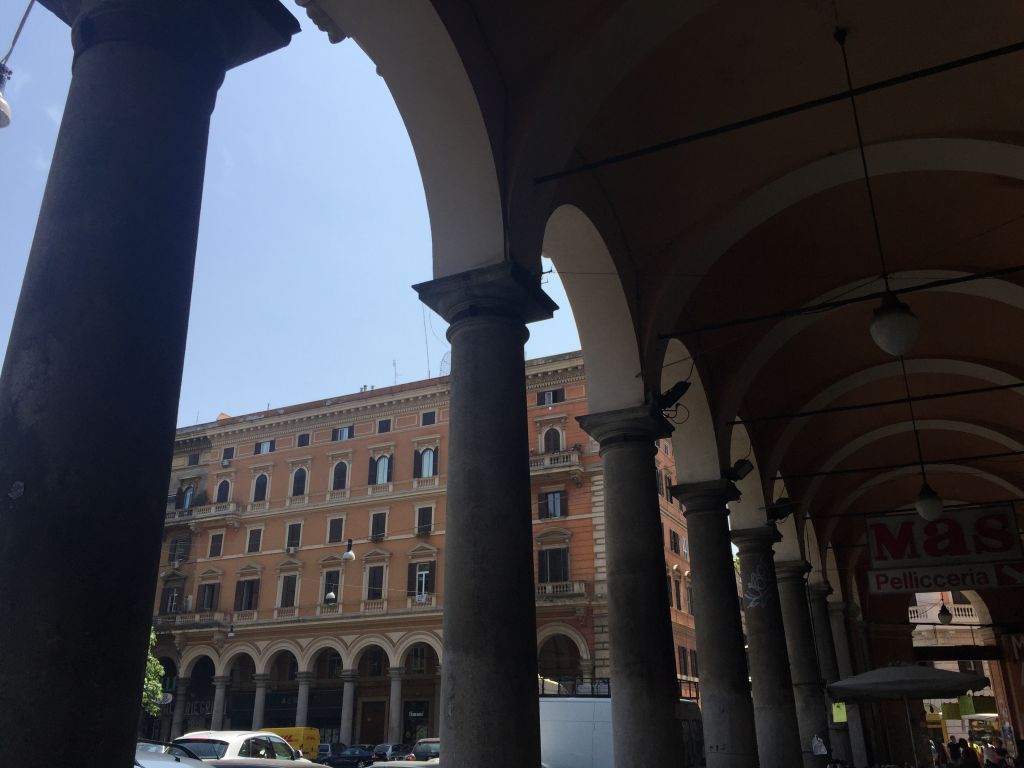 Testaccio
Testaccio
Touted the “heart of Rome” when Romans talk about food (and they do a lot!), Testaccio is a gentrified old working class neighbourhood literally just outside of the historical centre. With a pyramid, a contemporary art museum on the site of the largest abattoir in Europe, a large fresh food market and tons of authentic restaurants and food outlets, this a great area if that “local” stay is what you’re looking for.
Hot tip:
Don’t leave Testaccio without trying one of Rome’s popular street-food snacks, the Trapizzino. Roman pizzamaker Stefano Callegari has trademarked this pizza pocket of sorts that comes filled with things you might find in nonna’s kitchen (grandmas) and the original outlet is right in the heart of the ‘hood. The Testaccio market is also heaven for foodies with lots of food stands including the amazing, Mordi e Vai, for mouthwatering panini. 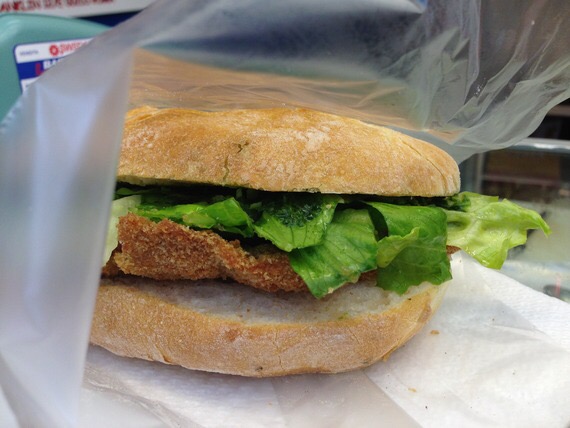 Getting to and around Rome
Getting to and around Rome
Regardless of which area you decide in, Rome is quite compact and so bodes well for moving around. While transport can be a little unreliable, there is a sizable bus, underground and tram network that connects between most major attractions and will get you from one side of the city to the next. All transport tickets can be purchased in edicola (the usual green kiosks / news stands on the street) or at major stations. Uber is not all that popular or reliable yet as a concept here, but taxis are plentiful. Ensure you get into an official taxi and that the meter is in.
GoEuro.com is a fantastically useful resource to look up your travel options to Rome and broader Italy. It also details major transport hubs in the city so is your friend on the ground once you arrive.
Signing off from Trastevere,
Baci, Maria
Acknowledgements: This post is part of a partnership with GoEuro.com. All thoughts expressed are my own. Nobody tells me what to write.


